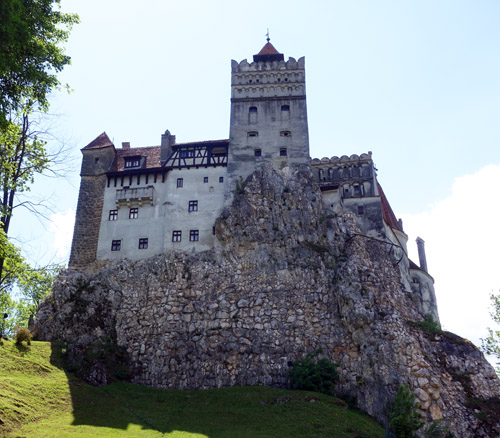
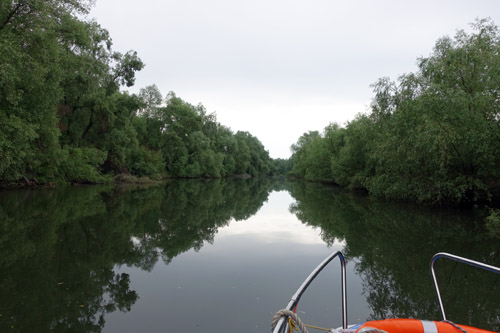
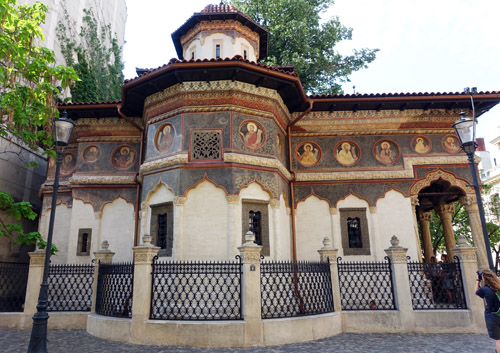
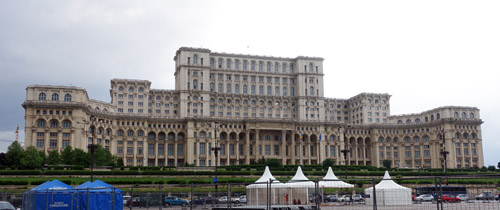
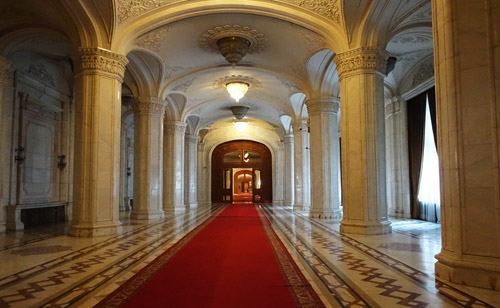
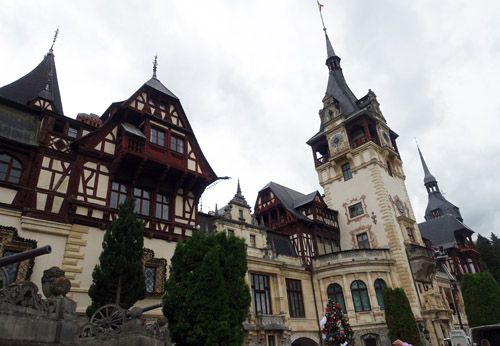
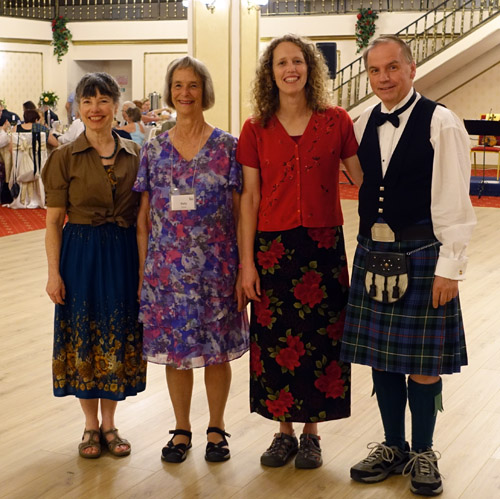
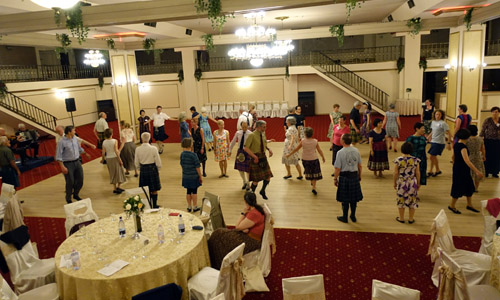
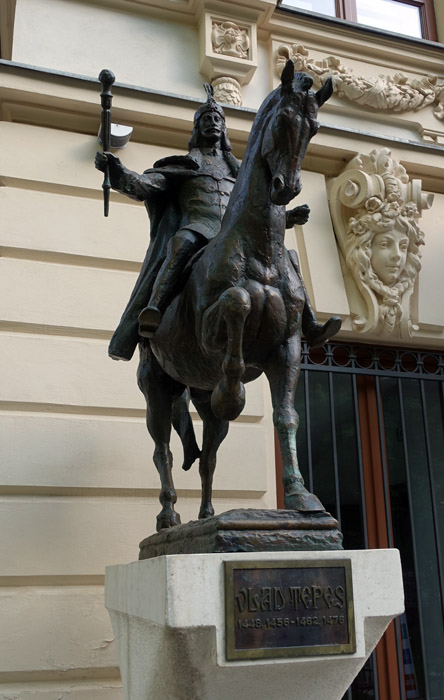
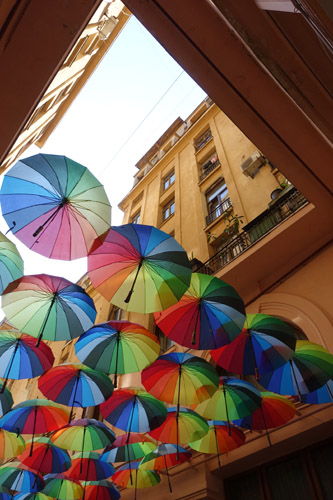
| Volume 35 #1 | July/August 2018 | |
We can access the draft minutes of the Royal Scottish Country Dance Society, Southwest Washington State Branch 2017-2018 Annual General Meeting here: http://www.rscds-swws.org/meetings/2018-06-03/02-AGM-06-03-18.doc
The 2018-2019 slate of elected officers is:
Chair - John Shaw
Vice Chair - Cynthia Soohoo
Secretary - Tom Halpenny
Treasurer - vacancy without a nomination
The Panel of Instructors will appoint a Branch Member to serve in the Teachers' Representative role for 2018-2019.
Many thanks to Susan Shaw for serving on the Board for the past five years in the role of Treasurer. We can view the Management Board history at http://www.rscds-swws.org/doc/BranchManagementBoardHistory.pdf
Reminder that interested persons can access the online "RSCDS-SWWS Branch Meetings and Correspondence Secretary Notebook" at http://www.rscds-swws.org/meetings.htm The webpage will ask for a user name and password. The user name is: cranberry The password is: tart
All Management Board and General meeting minutes and reports are open for members to access. We can also access Branch business correspondence that occurs between meetings. We click a link to access a document. If you are interested, I can include you in the Branch secretary's email list for notifications. Please feel free to contact me with any feedback or questions at .
In May, four local dancers went on a Scottish Country Dance trip to Romania. Romania is not a place that I had ever considered visiting before. Following the pattern of SCD broadening my horizons, I learned of this particular trip from Scottish Country Dancers who were visiting our area from Europe last fall. Holly, Sally, Martin, and I decided to take the plunge and head to parts unknown.
The trip was organized by Katalin Konya of Budapest, Hungary. Katalin was surprised that we had even heard of her trip, and we may have been the first North Americans ever to join her. The four of us “Mericans” decided to head to Bucharest a few days early to do some private touring before the official event began. We left Portland on a Friday morning and finally reached Bucharest Saturday evening, amid a tangle of confused communications regarding our apartment, and a camera left on the airplane. All things finally shook out, and we tucked ourselves in ready to begin our explorations Sunday morning.
The Old City portion of Bucharest survived the Communist rule of Nicolae Ceauşescu in the 1970s and 1980s, during which time large portions of the historic city were razed to make way for Communist-style buildings. In the area that we explored, there seemed to be ornately decorated Orthodox churches on every block. Tradition mixed with modernity, grit with grandeur. There were broad boulevards and beckoning passageways.
Monday morning allowed for a bit more exploring, and then we headed to the Crowne Plaza hotel where the tour group would be housed. The dancing portion of the tour (two evening dances and two morning classes) ran from Monday dinner through Wednesday lunch, with all dancing and meals occurring in the Royal Ballroom, about a half-mile walk from our hotel. Ian Robertson was the accordionist, John Dudley was the fiddler, and Tom McKinley taught the classes. About 70 people attended the SCD portion of the tour, 12 of whom were from Japan, and most from the U.K. I was disappointed that the local Bucharest SCD group was not involved, but we made many friendships among the people in our tour group.
Wednesday afternoon the tourist programme began with a visit to the Palace of the Parliament, where we traded our passport for a visitor badge and a trip through the x-ray machine. Built by Ceauşescu, with 1000 rooms and 3,930,000 square feet, the Palace is the largest administrative building in the world next to the Pentagon. Along with the Romanian Parliament, it currently houses several museums and hosts conferences. Even so, about 70% of the building is empty.
Thursday morning began a week of bus travel for the 50 of us taking the tour. We were graced with an incredibly knowledgeable Romanian tour guide, Marius, who was fluent in English and Japanese (among other languages) and is currently studying Chinese. Into the Carpathian Mountains we climbed to spend a few days in the Transylvania region, in and around the city of Braşov. Highlights included a visit to ornate Peleş Castle and austere Bran Castle (which has ties to Vlad the Impaler, the reputed inspiration for Dracula), and poking around the historic section of Braşov.
From the Carpathians we headed east to spend a few days on the Danube River Delta, staying in the city of Tulcea and taking boat rides through the maze of delta islands where villagers’ lives depend on the water and its commerce. Here the bird-watchers in the group got to strut their stuff. https://www.youtube.com/watch?v=i1FO45gv7Q4
Nearing the end of our adventure, we visited Constanţa and Mamaia Beach on the Black Sea before heading back to the airport at Bucharest. At one last dinner together, the travelers took pictures of each other, exchanged email addresses, and passed out hugs. Here’s hoping that we run into each other again on future Scottish Dance adventures.
Then the four of us were off to a few days in the Cotswolds….

|

|

|

|

|

|

|

|

|

|
After a whirlwind of almost twelve days zooming around Romania, the English countryside sounded very relaxing. We (Sally Palmer, Martin MacKenzie, Liza Halpenny, and I) flew out of Otopeni, Romania and fours hours later we were leaving Heathrow in a rental car driving on the wrong side of the freeway reading roadside signs warning of heavy traffic on May 19 because of the upcoming wedding. My mission, which I chose to accept, was to come up with activities for the almost three days we would have in the Cotswolds. The harder task was knowing what to leave out.
Our first stop was Oxford. I’d arranged with fellow dancer Rachel Pusey for her to ask her father, who lives close to the heart of town, to leave a parking permit for us under his door mat. Parking in Oxford is actually worse than parking in downtown Portland so a permit was a necessity. As we walked across the Folly Bridge, a swan paddled lazily by and it finally sunk in that we were indeed in England. Our little group scattered with plans to meet at Christchurch Cathedral in a few hours. We had discussed our plans the day before with a couple on our Romanian tour who gave us advice as to the best places to go. These included the University Church of St. Mary, because it was touted as having the best view of Oxford, Carfax Tower (the second best view), Turf Tavern, and Magdalen College.
We left Oxford, thankful we weren’t driving in that traffic, and headed for the picturesque village of Fairford in Gloucestershire. I had reserved a cottage a few months earlier and we were all happy to see the Union Jack flying over the door, just as advertised. After settling in, we walked to the market, taking in the lovely river, swans, and architecture, to get some staples for the next few days and for dinner that night. Frozen pizzas never tasted so good.
The next morning Martin, Liza, and I went our separate ways to take morning pictures and then we headed out for Stonehenge. It costs 17 pounds to walk on the boardwalk that encircles the stones so we did the Scottish thing and parked on a side street and took a footpath through an adjoining field to see the stones from there. The price was very affordable: £0.00. The main issue was trying to take pictures in between the groups of tourists strolling by. We left Stonehenge and walked back along a country road to where we’d left the car and continued on to Salisbury and the famous Salisbury Cathedral. The cathedral’s foundation was laid in 1220 and the main body was completed 38 years later. Between 1300 and 1320 the spire was added, the tallest in England since the late 16th century. It was a bit overwhelming to think that the day before we’d all been wading in the Black Sea and today we were eating a picnic lunch in front of the cathedral. After we explored the cathedral and grounds, we went on a pre-arranged tower tour and up into the tower itself. The skeleton of the tower and spire is a network of timbers, some original, some newer (as in from Victorian times) and it’s all amazing. As if that wasn’t enough history, the best preserved original of the four remaining Magna Cartas is kept in the Chapter House, part of the grounds of the cathedral. The original plan had been to go on and visit Highclere Castle, of Downton Abbey fame, but it was obvious from the afternoon traffic that getting there was going to be a challenge so instead we drove back to the cottage. We walked to The Bull, a nearby hotel and pub, and had an excellent dinner. It turned out the man who waited on us is an American and at one time worked for McMenamins in Corvallis.
Saturday morning we drove to Blenheim Palace, the ancestral home of the Dukes of Marlborough and where Winston Churchill was born. The palace was built in the 1700s and is still the home of the 12th Duke of Marlborough. There were a number of things to see and places to explore, including several gardens, the Column of Victory, the palace itself, and a huge arch at one entrance to the park. Because of the size of the grounds, I’m not sure we got to see everything we wanted, but it was still very memorable. We returned to the cottage to rest for a little while and study the dances before driving to Cheltenham for the branch’s 60th Anniversary Dance. The community center where the dance was held was easy to spot because of the piper in full regalia in the parking lot. We put our ghillies on, made some introductions, and soon were dancing to the music of Luke Brady and his brother Adam. The program was a great combination of trickier dances (Ian Powrie's Farewell to Auchterarder, Vintage Simon, and Seton’s Ceilidh Band to name a few) and old favorites such as Monymusk and Swiss Lassie. We enjoyed the dancing, the people and meeting the Chairman Elect of the RSCDS, Andrew Kellett, who was there to commemorate the branch’s anniversary. We all ran out of steam about the same time and said our goodbyes to our new friends as the dancing continued.
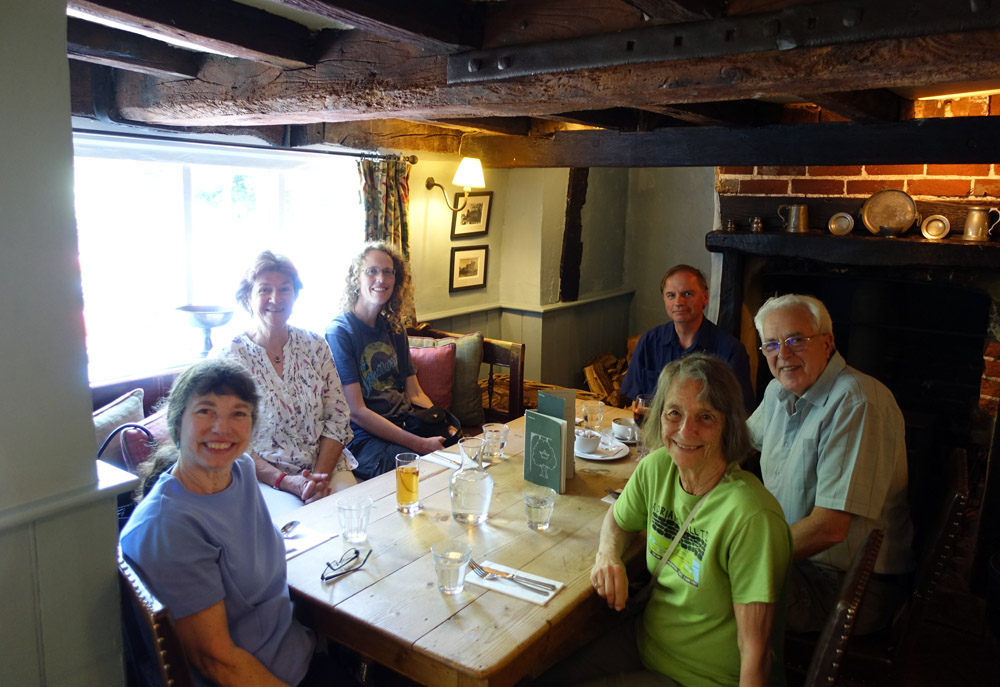 |
Sunday morning arrived way too soon. We checked out of the cottage and headed to the village of Bibury, another well known Cotswold village. After exploring for a few hours we drove back towards London to the town of Marlow and the house of fellow dancer George Flett. We met George, Chris Harris, and Muriel Wilson last fall when they were on their way to Asilomar and attended several dances in Oregon and Washington. They had offered us a place to stay if we “happened” to be in the neighborhood and we were very glad to have made their acquaintance. George took us on a walk along the Thames Path and then he and Muriel gave us a wonderful dinner before two of us went to Muriel’s home for the evening and the other two stayed at George’s. The next morning we had a marvelous breakfast (it was obvious George and Muriel were afraid we were going to faint from starvation at any moment), packed our bags, said our goodbyes, and headed to the airport. The last surprise was to see that our ride home was on an Airbus 380. I’m not sure if I was more surprised at the roominess of the plane or the idea that anything that big could get off the ground. The flight home was the best kind (boring) and then it was back to normal and the regular routine. The question I keep getting now, besides the ones about the trip, is “Where are you going next?”
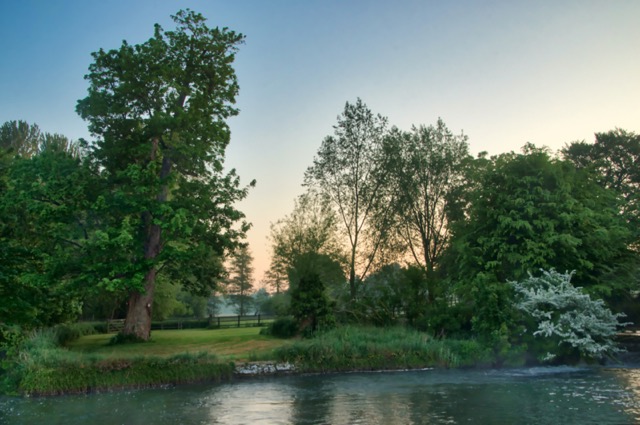
|

|
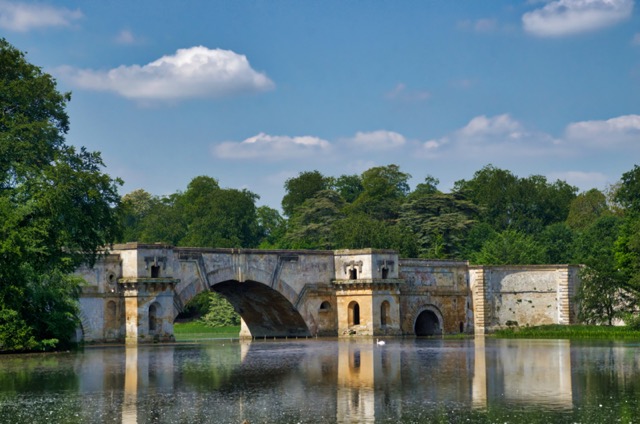
|
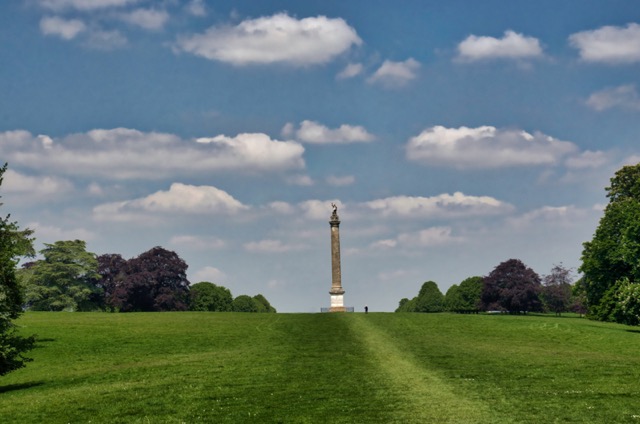
|

|

|
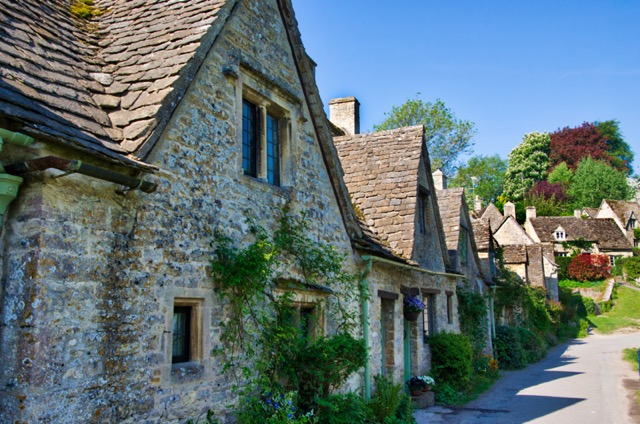
|
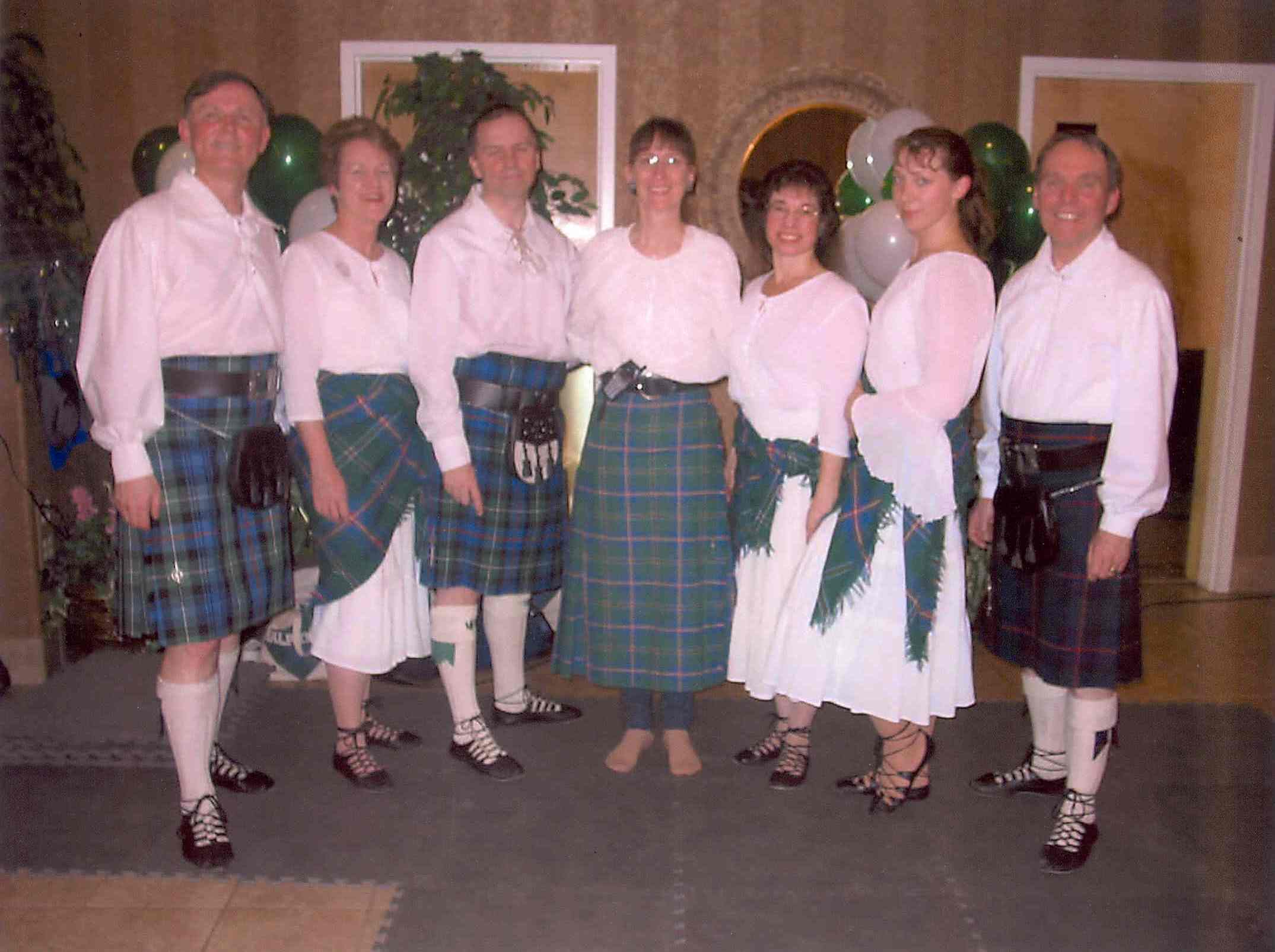
|
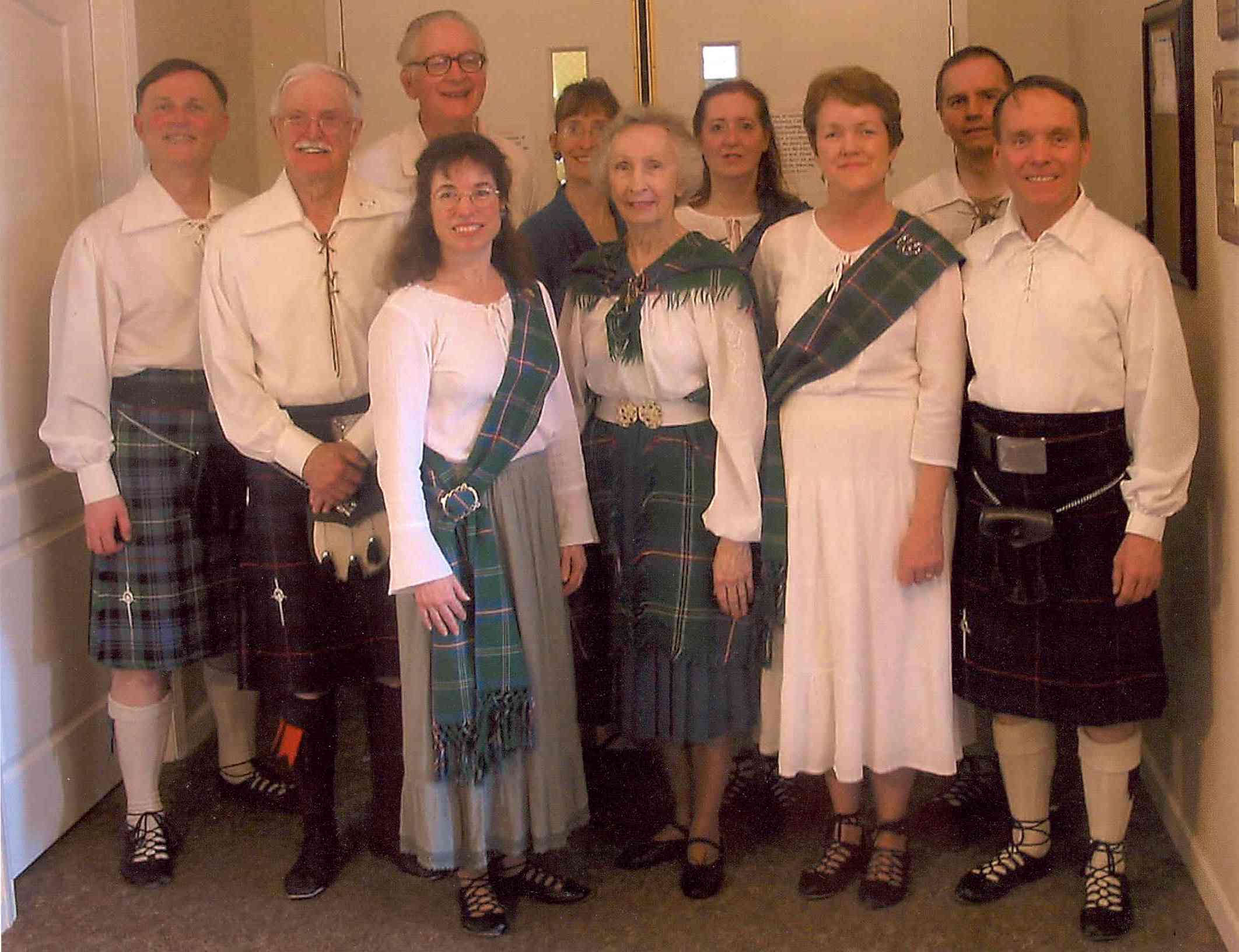
|
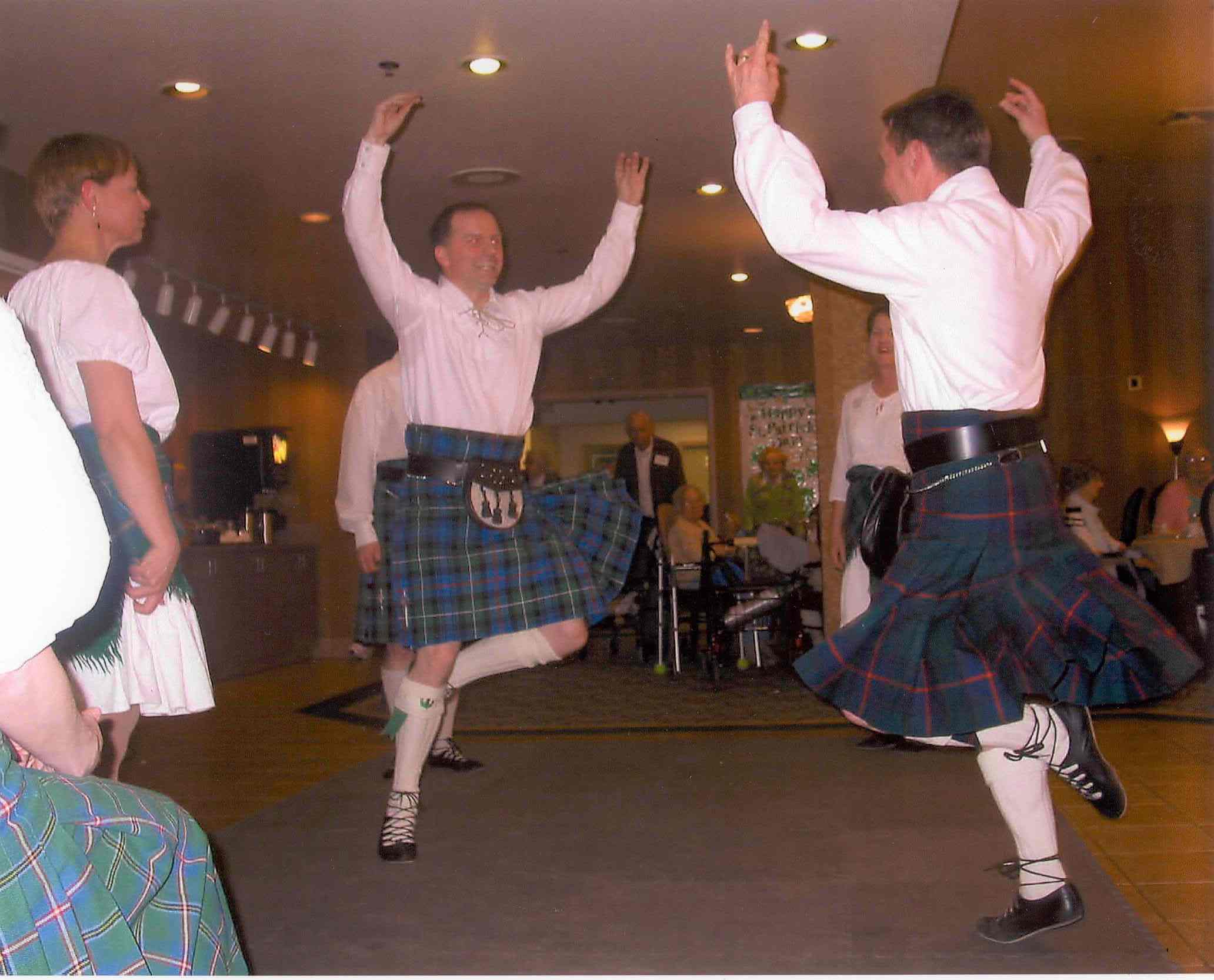
|
Why is something taught one way in a class but taught to be done differently in another class? This may be something you’ve wondered when 1) you see different teachers asking you to do the same thing – but to do it differently! For example, how to hold the arms during a poussette, or how to arrange your feet when changing from strathspey setting to strathspey travelling steps. Or, 2), when the same teacher teaches something and at a later date teaches it again but asks you to do it differently! For example, whether or not to go out to the sides of the set at the end of a right hands across that is followed by a left hands across.
Why does this happen?? Well, there are lots of reasons. Let me try to demystify it a bit.
First, some background is in order. Among other things, the Royal Scottish Country Dance Society, headquartered in Edinburgh, (the “RSCDS” or “Society”) sets the standards for the dance form, both the footwork and the formations, taught in its branches. Over the years, the Society published a few books and articles that attempted to educate dance teachers, and interested dancers, regarding how to dance the Society’s version of Scottish Country Dancing. I say the Society’s version, because historically there wasn’t one way to Scottish Country dance. There were regional differences, personal differences, and styles and technique evolved over time. The Society undertook to standardize a particular style of dancing, as it chose to define that style at any given particular time.
After standardizing the dance form, it determined that standards for teaching were required. The Society created an examination process for teachers of SCD. Candidates applied to be examined and if they passed, they were said to be “certificated” teachers. Eventually, official tutors were designated to assist candidates in learning how to teach the RSCDS way and to prepare for examination. Criteria developed for who could be a tutor, as well as courses for tutors to learn to be tutors.
The Society began publishing a manual for use by teachers. The manual included information on the steps and formations, gave a little history, and provided interpretive notes on how to perform specific dances (where there was ambiguity/had been many questions). This assisted teachers in learning what the Society considered to be proper form. A teacher desiring to pass the Society’s teachers’ examination process relied on the dance form and technique interpretations in the manual.
Over time, some teachers and teacher organizations published their own books that addressed how to teach, how to do the steps and formations, how to interpret specific dances, etc. For example, Geoffrey Selling wrote a book on how to teach that has been very influential and widely used in North America. Duncan Keppie of Canada wrote a similar book, with additional emphasis on how the steps fit with the music. The Teachers’ Association (Canada) published interpretations of RSCDS dances.
The Society itself, over time, revised and updated its manual, most recently in 2013 (with corrections it was reissued in 2016).
So, with all of the standardization, examination, and publishing, why are there still differences in how things are taught?
Well, many reasons. First, the RSCDS has changed its view over time on how to do certain steps and formations. So, depending on the year when you were taught something initially, the instructions to teachers may have changed – so your teacher may have modified the way they teach in order to be in line with current Society views. We certainly see this with right hands across followed by left hands across. Years ago, teachers were told to have dancers go out to the side lines at the end of bar 4. The current manual recommends that they do not, unless the dance deviser indicates otherwise.
And that’s another thing. devisers can be very particular on how they want their dances executed. They may disagree with a formation description used by the RSCDS, or just think that in their dance, it works better to do it slightly differently. So they write specific instructions into their dance books.
More recently, the Society has more specifically and officially indicated in its manual that in many areas, there is no absolute right or wrong way to do something. They leave open the room for regional differences and for personal preferences. For example, the manual recognizes that some groups dance the quick time formation, Set to and Turn Corners, using skip change during the two handed turns instead of pas de basque step. As another example, the manual notes that dancers may use eight full slip steps to the left and eight full steps to the right when circling round and back, or they may dance seven slip steps and a close together before slipping to the right for seven steps and a close together. So if you are one of those folks who crave an absolute answer on how to do something, sorry to tell you that absolute rigidity in all of the Society’s dance instructions does not exist (it just seems like it sometimes – ha!). And likewise, most teachers do not believe in complete rigidity; well likely for a crack demo team they will prescribe very specific ways to dance.
It also happens that dance devisers come up with a new formation and put it in a dance that then becomes quite popular. The new formation gets used in other dances written by other devisers. Variants on the original new formation may develop. Sometimes the name of the figure morphs (for example, Birl to Bourrel). At some later date, the Society may decide to publish a dance with the new formation. In the process, the Society determines its standard for how the formation is to be danced along with the name of the formation. So if you learn a dance with the new figure before it is taken up officially, and standardized, by the RSCDS, you may have learned to do it in a slightly different way.
Other reasons for differences in how teachers direct that steps and formations are to be performed include the specific teacher’s own experience, their personal preferences, entrenched teaching habits, and how they were taught by their tutor. They may have determined that a dance is more comfortable if a certain step transition or formation nuance is done a particular way. Sometimes they could be out of date with current Society standards and practices.
Personally, part of the fun of SCD is the challenge of executing steps and formations with precision. If a teacher asks me to do something in a different manner than I was previously taught or like, or that varies from the manual, then I do my best to comply. I enjoy the challenge of trying to do it differently, at least for that class session.
SCD provides joy on many levels and in differing ways to dancers. So whether it’s a penchant for the challenge of precise footwork and styling, or for the complexity or the simplicity of various dances, or for the learning of new things, or you thrive on the music or the community of dancers, or the cultural aspects, or you just welcome getting out of the house/office, your teachers will try to provide something for everyone. Because they too, have been enraptured with the joys of SCD.
I attended my Harvey Mudd College 45-Year Reunion April 27, 2018 in Claremont California and made the connection that Scottish dancer Bob Fraley, who attended the Branch Dinner Dance on April 21, is also a Harvey Mudd College alumnus who attended his 50-Year Reunion.
I had last visited Harvey Mudd College in 2003 for the 30-Year Reunion when I met classmate Robert McOwen and we learned about our common interest in Scottish country dance. Robert began Scottish dancing shortly after we graduated college in 1973, and he and his musician wife Barbara are well known in the SCD world. Robert is also a musician and teaches Scottish dance workshops and is an accomplished highland dancer, in addition to his profession as a mathematics professor at Northeastern University in Boston.
So I am aware of three of us older Harvey Mudd College alumni who are Scottish dancers, out of around 7,000 total alumni, equals four Scottish dancers per 10,000 population. This compares with one Scottish dancer per 10,000 population in the Vancouver-Portland area.
I first met Bob Fraley at the 2017 Eugene Harvest Ball where the Heather & Rose group dances both English country dance and Scottish country dance. Bob recently retired from Hewlett Packard after a career in software engineering and moved from California to Eugene Oregon. He did his first Scottish dancing while in college in the 1960's when he joined an international dance group who met in a gymnasium on the nearby Pomona College campus. The group was started earlier by Cal Tech and did some Scottish dances. Bob recalls that several fellow Harvey Mudd College classmates and a professor also joined the group and would have danced Scottish dances.
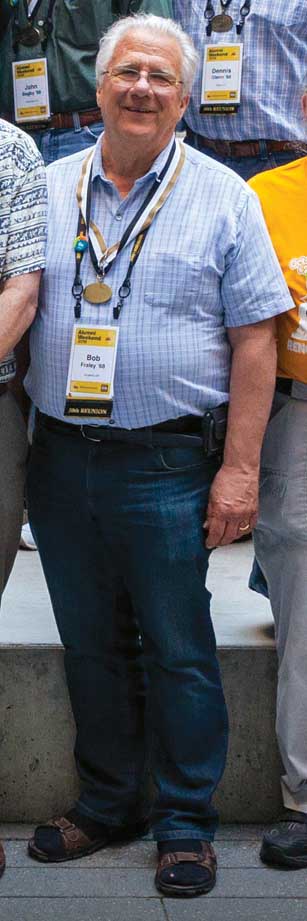
|
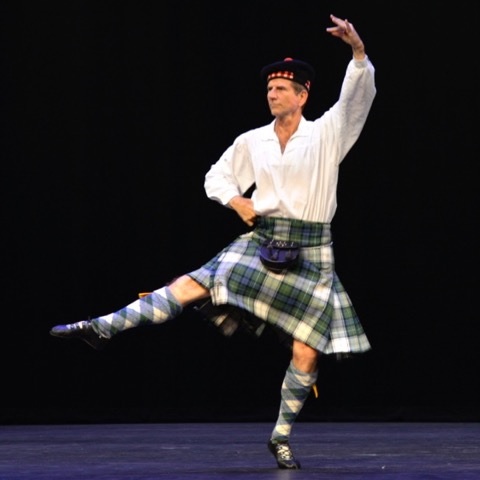
|
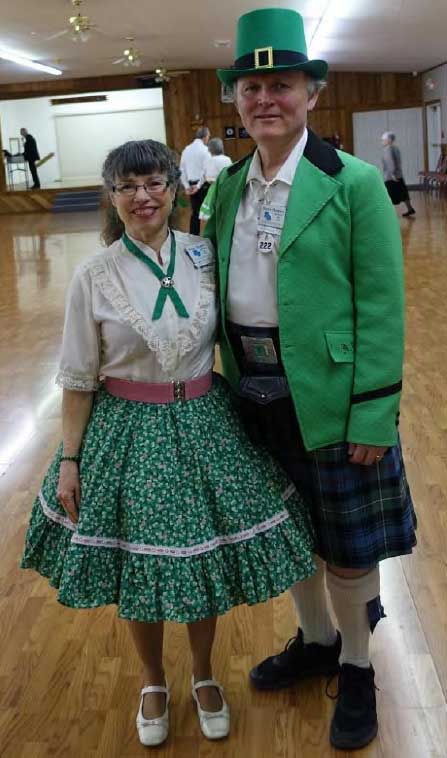
|
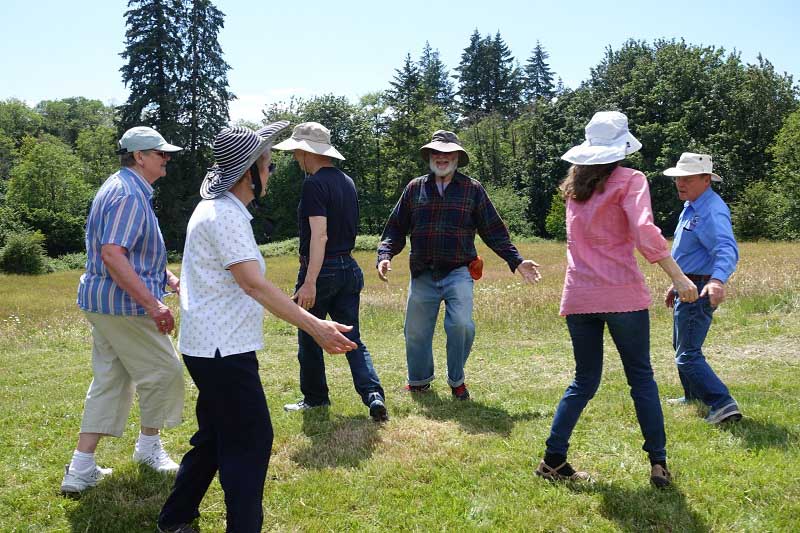 |
Scottish dance friends from Liza's class gathered at the Halpenny home on a beautiful afternoon June 16, 2018 for lunch and Scottish dance in the pasture, wearing a variety of stylish sun hats.
Lunch was followed by a stroll through the woods and around the pasture, finishing in the center to dance five dances from Branch dance programs this past year. Here we are dancing "Shiftin' Bobbins" in beautiful surroundings. https://www.youtube.com/watch?v=p_6rwQaTz2s
 |
I was interested to test the feasibility to resume dancing in public places in order to increase public awareness for Scottish dance. For example, a small group of Scottish dancers could meet in Vancouver's Esther Short park several weekends this summer where hundreds of people are gathered, and dance some fun Scottish dances while people walk by. A few new dancers might become curious to join us this fall.
Thanks to Larry Greene and Joann Rice for producing these videos of Scottish dance in the pasture. Slide Show: https://www.youtube.com/watch?v=tq6kqG4hs9w Dancing video clips: https://www.youtube.com/watch?v=xlbI0knweF0
Calendar of Events | ||||||
|
|